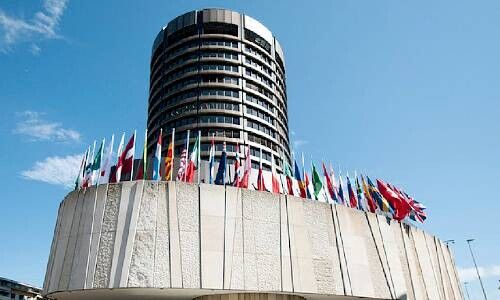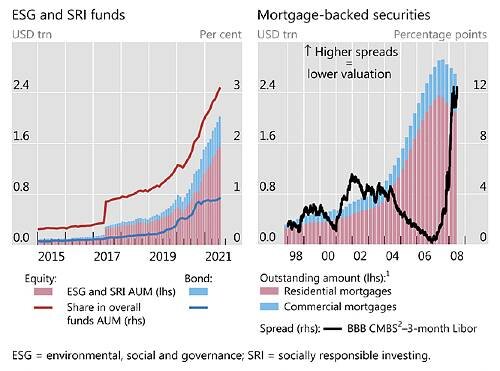BIS Warns of Green Bubble
Surprising criticism from the BIS of sustainable finance practices.
The Bank for International Settlements (BIS) traditionally looks at key financial market and monetary policy developments in its quarterly review. The first sidebar in the current edition of the report, however, goes out of the way to warn against the possible stretched valuations in environmental, social and governance (ESG) investment products.
Indeed, to reinforce the message, they even trotted out Claudio Borio, the head of the bank's monetary and economic department, who eye-catchingly referred to it as «green bubble» risk when talking to Reuters.
Conflict of interest
That is a sober warning from the central bank of banks given its influence on global monetary policy and, with that, financial markets. For Switzerland, it should come as a particularly sharp jolt given that the government has acknowledged climate change as a systemic risk, with the largest financial services firms now subject to climate risk disclosures. But the BIS sees a clear conflict of interest in the current state of affairs.
«Could a fundamentally welcome development – helping to finance the transition to a low-carbon world – generate significant financial imbalances?», they ask in the review.
Uncontrolled Growth
They clearly believe it can. The «soaring» market for sustainable investments suffers from a lack of standardization and transparency, with broadly defined ESG-type investments rising by a third between 2016 and 2020 to $35 trillion, or 36 percent of all professionally managed assets. More narrowly defined mutual funds and ETFs with sustainable or socially responsible investment mandates were up more than tenfold at around $2 trillion.
This, at a time when certain companies, such as Tesla, has seen their shares rise 6,000 percent over the last decade to reach unheard-of valuations. Is it any wonder that all this is coming under sharper scrutiny?
Parallels with Subprime
The BIS also sees parallels with past events. Investments that are linked to industries going through rapid change often experience severe price corrections after a first boom. That was the case with railways in the 19th century, with tech shares during the dot.com bust at the turn of the millennium and then mortgage-backed securities, which triggered the 2008 financial crisis. Indeed, the latter seemingly had the same growth in volume that ESG and SRI labeled investments are currently showing. (graphic below).
Extended leverage
There is a very incomplete picture of the market because of the limited disclosure requirements. And the BIS said that current holdings of bonds where the proceeds are earmarked for environmental or social projects would appear to be a «small share of key financial intermediaries» balance sheets representing about 1 percent of total bond portfolios for US insurance companies and European banks.
«That said, bond holdings underestimate ultimate exposures, which would include stocks and other asset classes such as private equity, where ESG considerations are also increasingly relevant», the BIS said.
Little More than a Reflex
The BIS sees a problem developing in the lack of standardization, disclosure, reporting, and transparency. Part of that is simply a reflex of the professional expert warning against the new – as they have also been highly critical of digital currencies not issued by central banks.
Still, the BIS warning should be taken for what it is. In retrospect, should push come to shove, nobody can say that there was never any attempt at a discussion about the potential risks in sustainable finance.




























